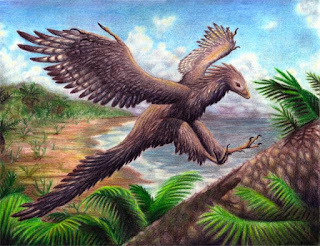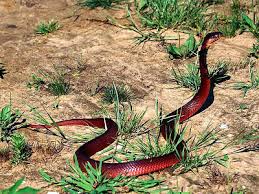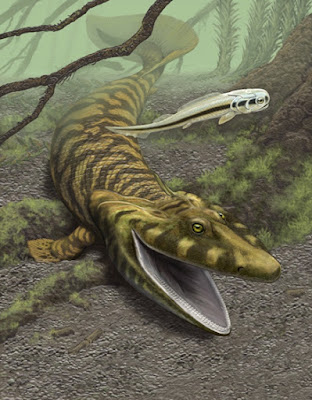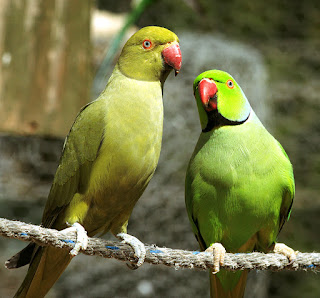Starfish and Member of Echinoderm
Starfish and Member of
Echinoderm
Starfish are members of a large group of marine invertebrates
called echinoderms. This group also includes brittle stars, feather stars, sea
cucumbers, sea lilies and sea urchins. The word echinoderm comes from the Greek
words ekhinos, which means ‘hedgehog’ and derma, meaning ‘skin’. This term
aptly describes the bumpy or spiny bodies (called tests) of these marine
invertebrates. Most echinoderms are found in shallow, coastal waters and
generally live on the ocean floor, although a few species are free- swimming
and live in the open ocean. Echinoderms also have a hard internal skeleton made
up of calcium compounds. All echinoderms have the same basic body plan with a
body divided into five sections, each bearing between one and four arms.
Echinoderms have large, fluid filled body cavities called coeloms. Tiny hair
like structures, called cilia line the wall of the coelom. The cilia waft body
fluids around, which helps transport nutrients and dissolved oxygen inside the
body. The hair like cilia, also line the tube feet on the outside of the body. The
gentle wave like movement of the cilia helps echinoderms move around and draw
food into their stomachs. Brittle stars are some of the most mobile of all the
echinoderms, while starfish and sea cucumbers are very slow and creep across
the ocean floor. Sea lilies do not move at all and remain rooted to the spot.
Scientists think that there are at least 7,000 different species
of echinoderms that are divided into six main groups. Starfish form one large
group which range in size from a few centimetres to more than 1m (3ft.). All
starfish have flat, star-shaped bodies with several arms spreading out from a
central disk. Most starfish have five arms, but some species have many more. Brittle
stars and basket stars are some of the largest echinoderms. They have long,
slender arms that can break off but re-grow again. Sea urchins belong to a
group of their own. These unusual sea creatures generally live on the sea floor
and use their long tentacles to catch food in water currents. Sea lilies and
feather stars are another group of echinoderms. These creatures have star-
shaped bodies and can be found in the water column or on the sea floor. Sea
cucumbers have fleshy, cucumber like bodies, ranging in size from a few centimetres
to more than 1m (3ft.). The final group are called sea daisies. These echinoderms
are found within a limited range off the coast of New Zealand, in the Bahamas
and most recently, the Northern central Pacific.
Most echinoderms have separate males and females, which
reproduce by casting the sperm and egg cells into the water. To ensure success,
the males and females produce vast quantities of sex cells. Fertilized eggs
develop into embryos that go through several stages of development before they
become the adult echinoderms. Other echinoderms are hermaphroditic, which means
they have both male and female sex organs and can reproduce without the need
for a mate.
Echinoderms show a wide range of feeding behaviours. Some starfish
are scavengers and feed on almost any kind of dead animal matter. Others are
deadly predators and feed on other marine animals, such as corals and sponges. The
crown of thorns starfish is such a voracious predator of coral that it is
partly responsible for the destruction of coral reefs in the Indian and Pacific
Oceans. Predatory Starfish can push their stomachs through their mouths
to engulf their prey. The starfish then secretes enzymes onto the body of its
victim and sucks up the digested juices. Other echinoderms feed in different
ways, for example by trapping particles in the water current using long,
feathery tentacles.
Reference
Also See
• Parrots
• Bats
• Bears
• Birds
©
Don`t Kill Creatures of
Nature, You have No Right to Do That
Being Vegetarian, Love
Creature of Nature
Live and Give Space for
another Life
Save Nature
Love Nature













Comments
Post a Comment
Thanks For Your Valuable View.